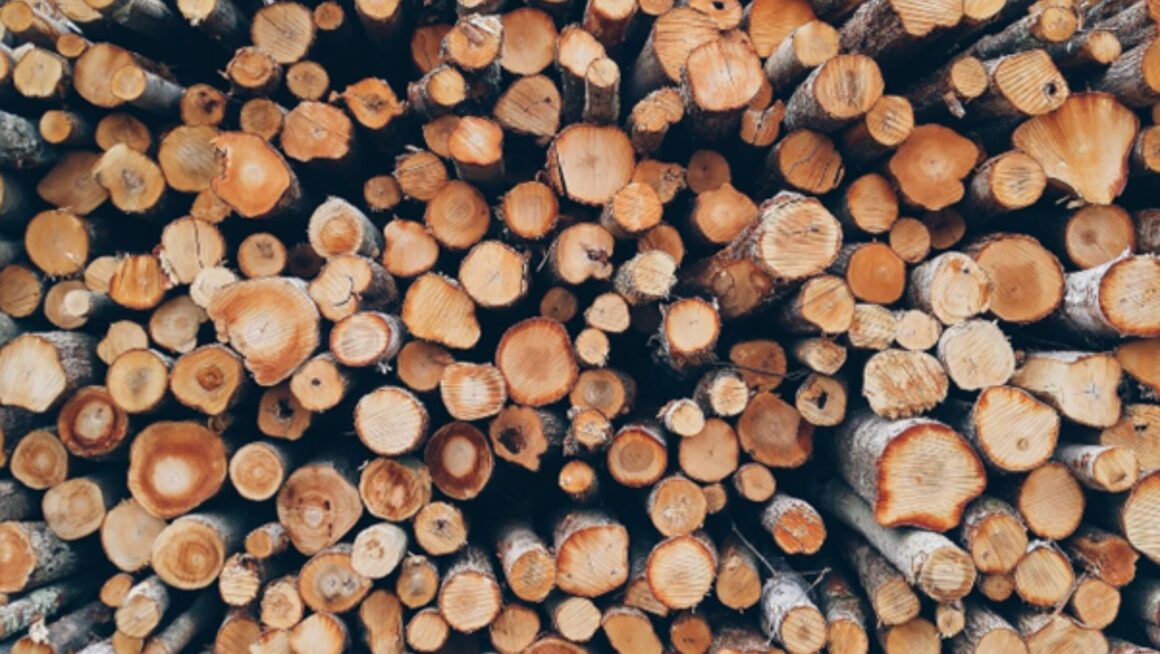Creating eco-friendly projects isn’t just a trend—it’s a necessary shift towards a more sustainable future. From rustic furniture to innovative building materials, choosing the right wood can significantly impact the environment and your project’s success. But how do you find the best wood for your sustainable endeavors? This blog post dives into this very question, offering insights, tips, and examples to help you make informed choices.
Benefits of Using Sustainable Wood
Using sustainable wood offers a range of benefits. Firstly, it helps preserve forests and the biodiversity they support. Secondly, it reduces greenhouse gas emissions, as sustainably managed forests act as carbon sinks. Finally, sustainable wood is often of higher quality, as responsible forestry practices prioritize the health and growth of trees over quick profits.
Popular Types of Sustainable Wood
Several types of wood are renowned for their sustainability. Bamboo, for example, grows quickly and can be harvested without causing long-term damage to the ecosystem. Similarly, reclaimed wood repurposes older timber, giving it new life and reducing the need for fresh logging. Other popular choices include cork, hemp, and eucalyptus, all of which offer a variety of applications.
Bamboo: A Rapidly Renewable Resource
Bamboo is one of the most sustainable wood options available. It grows incredibly fast, reaching maturity in just three to five years.

This rapid growth rate makes it an excellent choice for various projects, from flooring to furniture. Additionally, bamboo fields absorb more carbon dioxide than traditional forests, making it a climate-friendly option.
Reclaimed Wood: Giving Old Timber New Life
Reclaimed wood is another fantastic sustainable option. This wood is salvaged from old buildings, barns, and other structures and then repurposed for new projects. Using reclaimed wood reduces the demand for new logging and adds a unique, rustic charm to any project. It’s an excellent way to bring history and character into your designs while being environmentally conscious.
Cork and Hemp: Versatile and Sustainable
Cork and hemp are less traditional but equally sustainable wood options. Cork is harvested from the bark of cork oak trees, which regrow their bark every few years. This makes cork a renewable resource that’s perfect for flooring, wall coverings, and even furniture. Hemp, on the other hand, grows quickly and can be used to produce strong, durable wood alternatives.
Eucalyptus: Fast-Growing and Durable
Eucalyptus trees are another sustainable choice. These trees grow quickly and can be harvested within 10 to 15 years. Eucalyptus wood is known for its durability and resistance to rot and pests, making it ideal for outdoor projects and furniture. Its fast growth rate and sustainability credentials make it a favored choice among eco-conscious builders and designers.
Sustainable Wood and Its Applications
The applications of sustainable wood are vast. From construction to interior design, these eco-friendly materials can be used in a variety of ways. Considering companies like Olamagri, which emphasizes sustainable practices, you can rest assured that the wood you choose will not only look good but also do good for the planet. Sustainable wood can be used for flooring, paneling, furniture, and even kitchen utensils, offering both beauty and functionality.
Choosing the Right Sustainable Wood for Your Project
When selecting sustainable wood for your project, consider the specific needs of your design. For instance, bamboo might be more suitable for flooring and paneling, while reclaimed wood could add character to furniture pieces. Always look for certifications like FSC or PEFC to ensure you’re making an environmentally responsible choice.
Tips for Working with Sustainable Wood
Working with sustainable wood requires some unique considerations. For starters, reclaimed wood may need additional preparation, such as cleaning and sanding, to remove old nails and finishes.

Although they are durable, bamboo and eucalyptus can be harder to work with due to their hardness. Always use sharp tools and take your time to achieve the best results.
Caring for Your Sustainable Wood Projects
Proper care and maintenance can extend the life of your sustainable wood projects. Regular cleaning, oiling, and sealing can keep the wood looking fresh and new. Avoid harsh chemicals that can damage the wood and opt for eco-friendly products whenever possible. This not only preserves the beauty of the wood but also maintains its environmental benefits.
The Future of Sustainable Wood
The future of sustainable wood looks promising. With increasing awareness and demand for eco-friendly materials, more companies are adopting sustainable practices. Innovations in sustainable forestry and wood processing are continually improving, making it easier than ever to find high-quality, eco-friendly wood for any project.
Choosing sustainable wood for your projects is a powerful way to contribute to environmental conservation while creating beautiful, functional designs. By understanding the types of sustainable wood available and their benefits, you can make informed decisions that align with your eco-friendly values.

